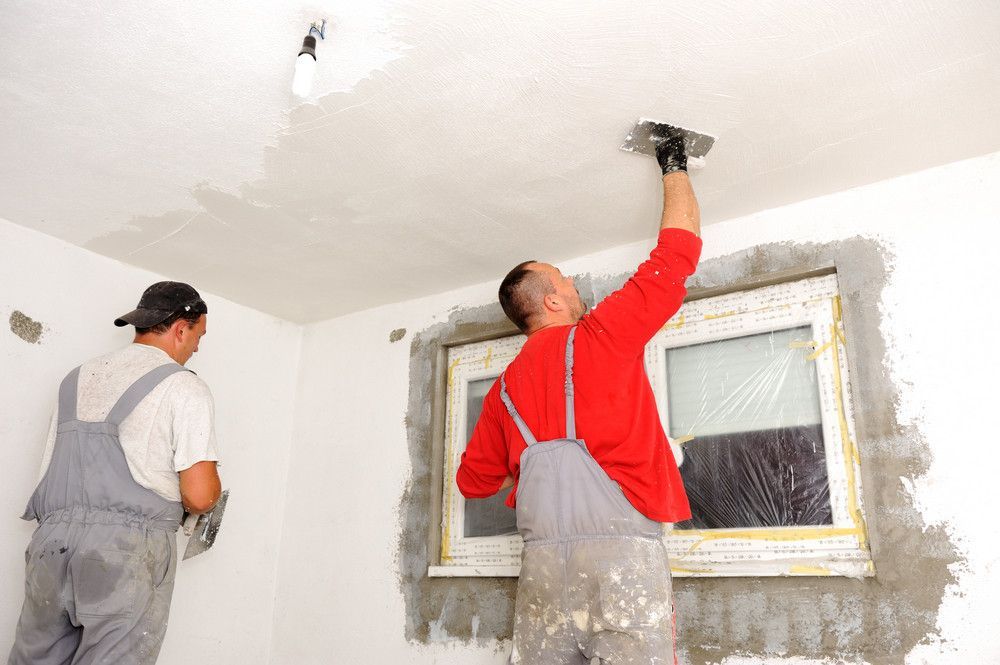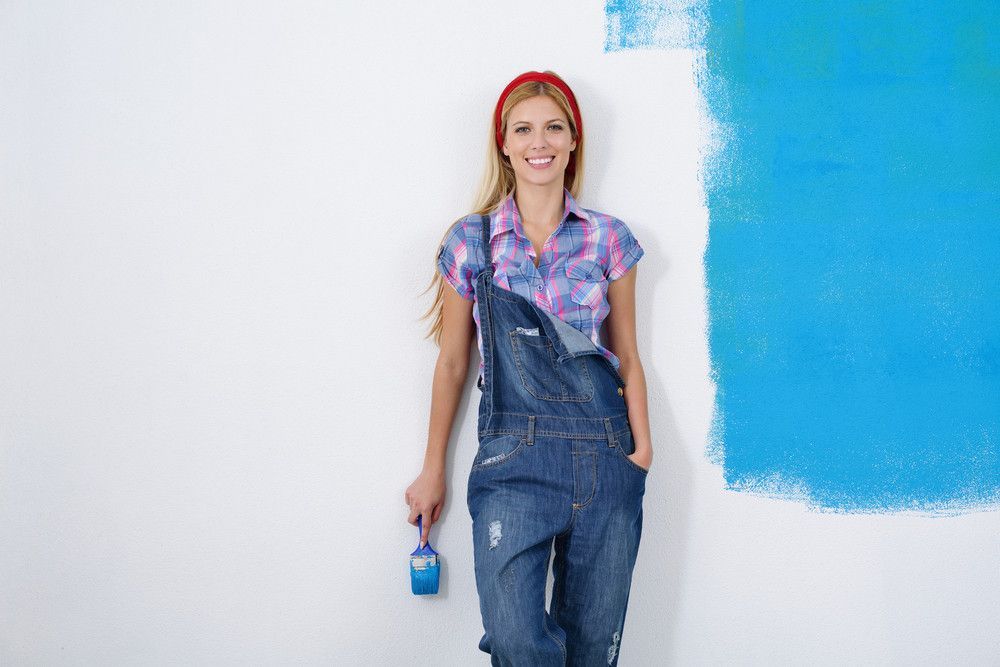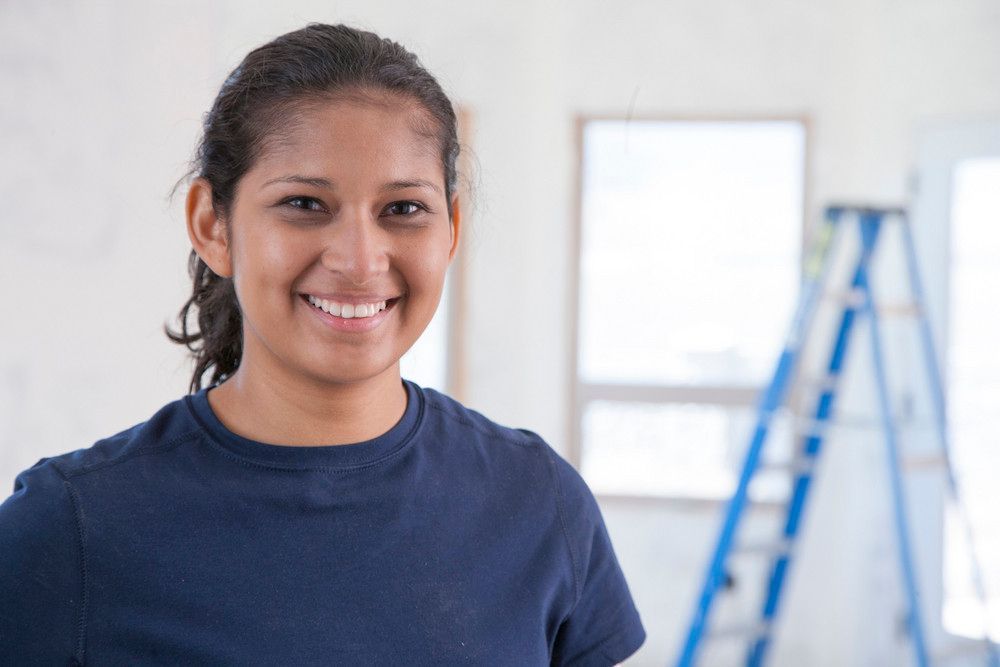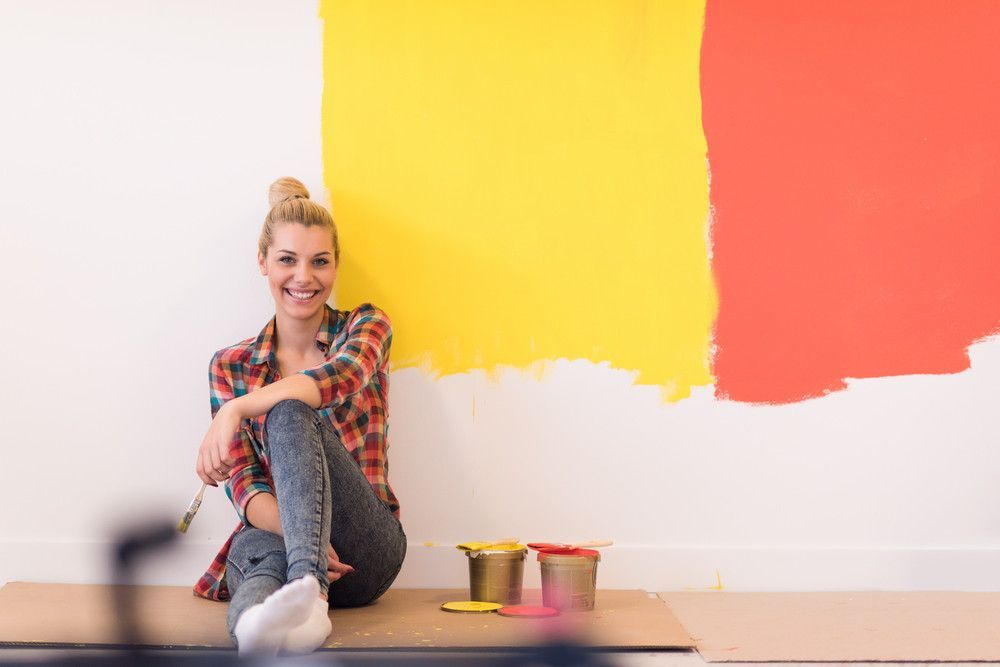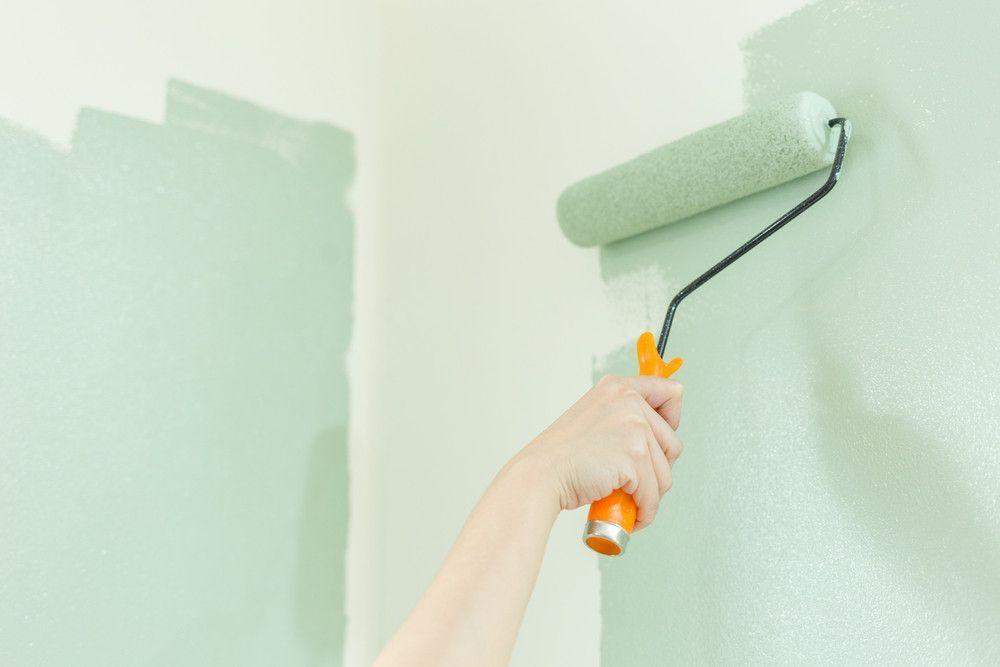Residential Drywall: Where Should You Start?
When it comes to home improvement, installing or upgrading residential drywall is one of the most impactful ways to transform your living space. Whether you're building a new home, renovating an old one, or simply looking to make some updates, drywall plays a critical role in determining the look, feel, and functionality of your rooms. With so many choices available, it can be overwhelming to figure out where to begin. This guide will give you an overview of important considerations to help you start off on the right foot.
Evaluate Different Drywall Types
One of the first things to consider is the type of drywall that best suits your needs. According to Home Depot, there are four main types of drywall to pick from: standard, moisture-resistant, fire-resistant, and soundproof. Standard drywall is suitable for most interior walls and ceilings, while moisture-resistant options are ideal for areas prone to humidity, like bathrooms and basements. Fire-resistant drywall is a great choice for rooms that need an added layer of safety, and soundproof drywall helps keep disturbances to a minimum in shared or noisy spaces.
Decide Which Thickness Fits Your Needs
Once you've decided on the type of drywall, the next step is determining the appropriate thickness. Drywall typically comes in several thicknesses: 1/4-inch, 3/8-inch, 1/2-inch, and 5/8-inch. The standard and most commonly used thickness is 1/2-inch, as it's suitable for most residential walls and ceilings. Thicker drywall, like the 5/8-inch variety, offers more protection against fire and added soundproofing, which might be necessary for certain applications.
Acquire the Proper Tools
Tools and materials are essential aspects of any residential drywall project. Regardless of the size of your project, having the right tools can make all the difference. Essential items include a utility knife, a drywall saw, a tape measure, and a T-square for precise cutting and installation. Additionally, investing in a quality joint compound and drywall tape will ensure seamless finishes and robust joints.
Starting a drywall project can seem daunting, but by understanding the different types of drywall, determining the correct thickness, and ensuring you have the necessary tools and materials, you'll set the groundwork for success. Not only will these steps help you achieve your aesthetic goals, but they will also enhance the durability and functionality of your space for years to come. With a thoughtful approach, your
residential drywall project can transform your home into a more beautiful and efficient living environment. Call our team at Flores Drywall & Painting today, to see how we can help transform your home.
Share:
Search:
Recent Posts

